[ENG-ESP] shadows in drawing + recreating | @chopiliart
the shadow does not exist, what you call shadow is the light that you do not see.
-Henri barbusse
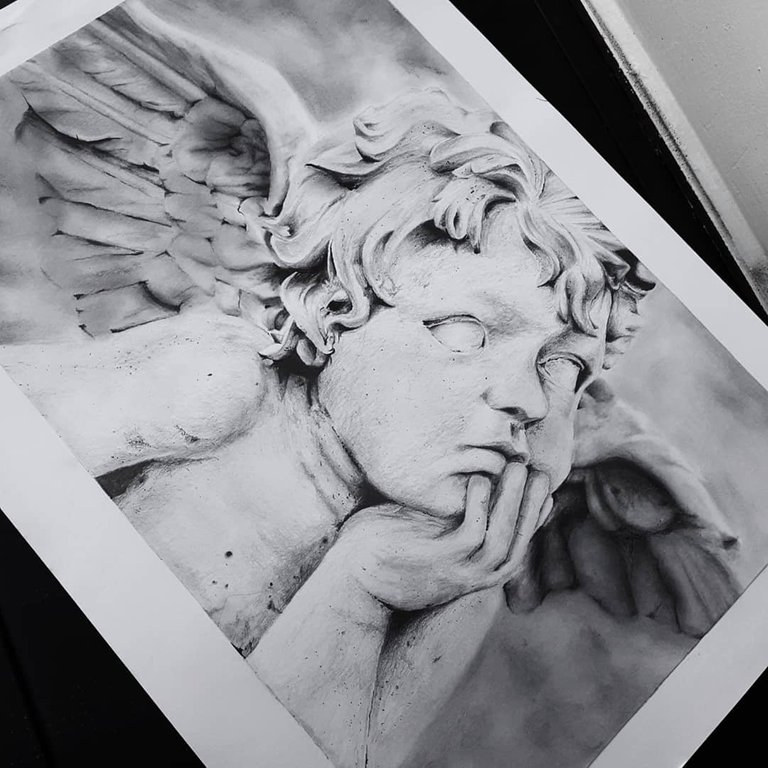
Shadows
If it is true that the shadow does not exist it does not mean that it should not be given importance, on the contrary, the more importance you give it, the better, in this case it will help you a lot to make a work stand out from the canvas and that, in truth, does not have price.
Greetings, today with this little post I want to show you some tricks that I have learned so that a good shadow is the protagonist in your art work (drawing), let's start:
 | In shadows on canvas the position of the pencil is always essential, rotation can cause a soft or strong shadow to be cast.For light shadows, always place the pencil in a position almost lying on the paper. |
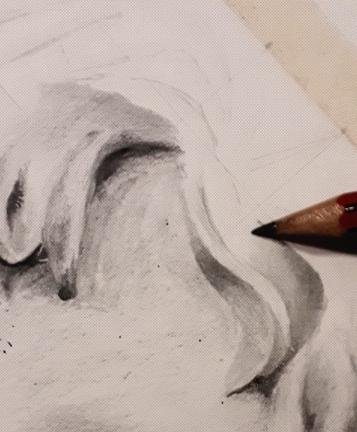
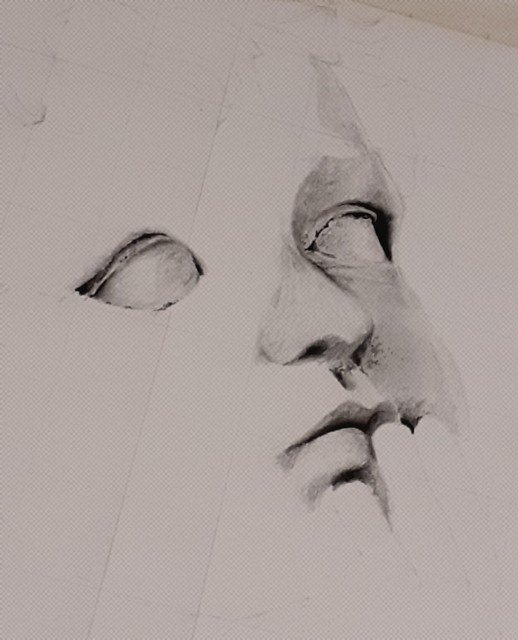
Here in the very light shadows use a 2b and 3b laying it very soft against the paper.
 | It is also important not to cast shadows where there are none, because our drawing may lose symmetry and because we want to place many shadows we end up damaging the piece. |
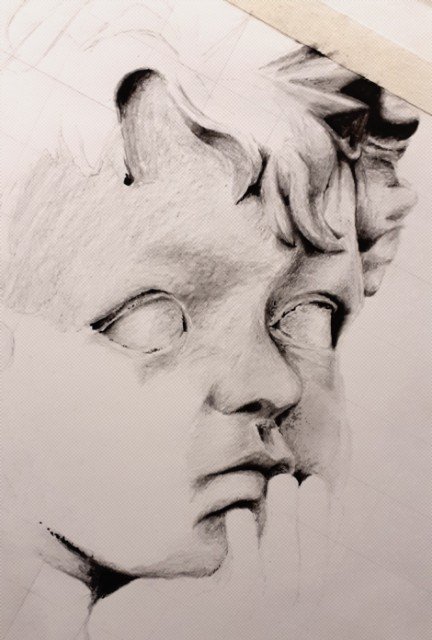
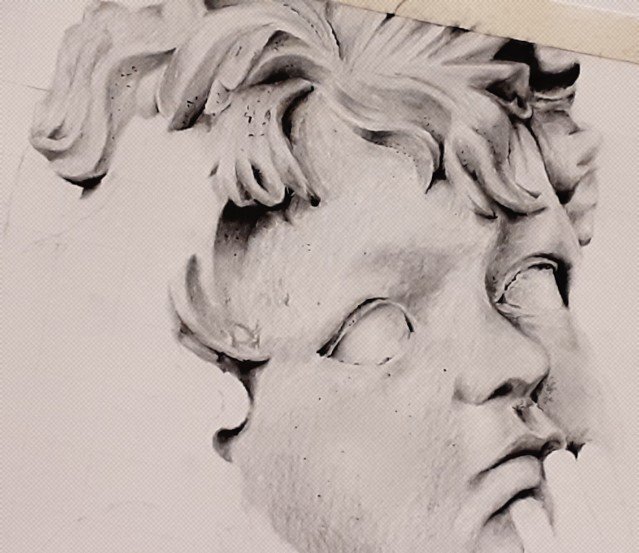
Personally I always start with the shadows and then with the lights; that is to say, here in each area the shadow first and then the light, but I have always thought that it is its own criterion. In addition, you must always try to go up the grammage gently so that you do not see a very drastic change between shadow and light.
 | Generally in the plane photographs as in this case, they usually have out of focus parts; for this, it only has strokes and it is necessary to blur them with your finger or with the help of a blur, that is, the background shadows that are in the background should never stand out over the main object. so those marks are slight. |
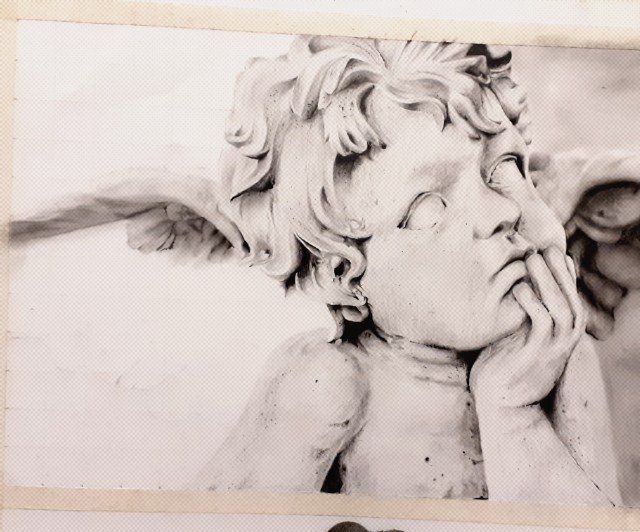
In this section I wanted to blur the background more since this would make my main object stand out more. also when you use this technique your drawing achieves the blur that a photograph would have.
 | As a fourth and last tip, doing manual exercises helps a lot with the progress, because you can use your mind to easily identify leftovers or a little better. just like these: |
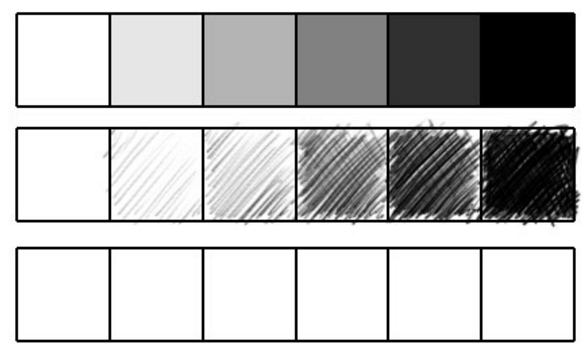

By the way, I made this drawing for the first time in 2015 and this was the result:
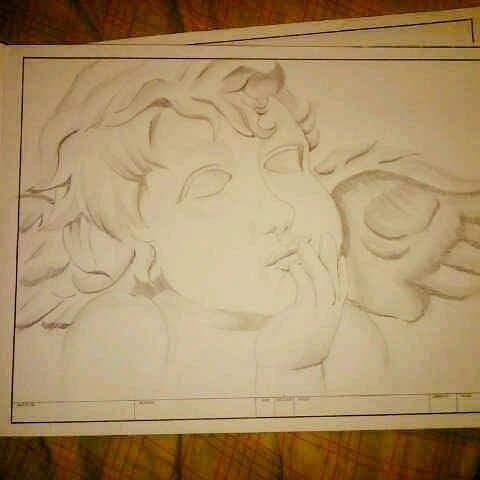
10-11-2015 by:@chopiliart
And this is the result of today 5 years after practice:

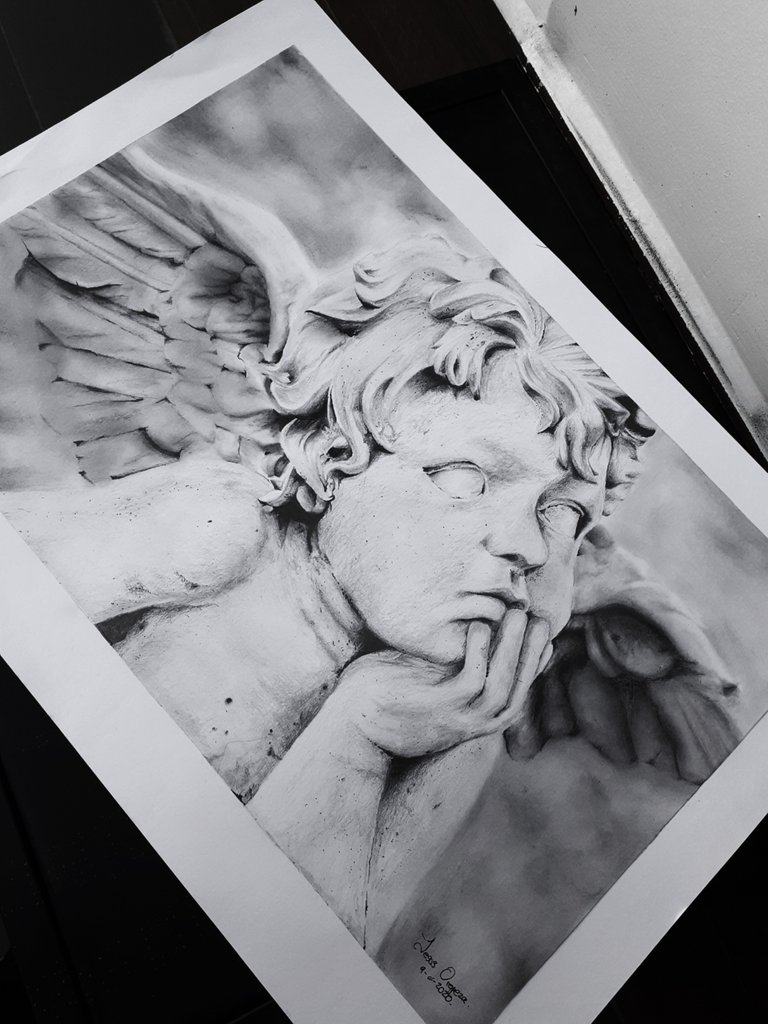
2020 by:

With this I say goodbye and I hope that these tips are useful to you and you can practice more the work of shadows, give them the importance they deserve.
I also leave the original image in case you want to practice it:
I hope my article has been to your liking, leave me your opinion on the subject and if you have any questions about drawing you can do it that I will gladly answer in the comments. Until another post.
follow me on instagram: @jesuschop_art

Español

la sombra no existe, lo que tu llamas sombra es la luz que no ves.
-Henri barbusse

Sombras
Si es cierto que la sombra no existe no quiere decir que esta no se le deba dar importancia, al contrario mientras mas importancia le das, mejor.En este caso te ayudara mucho a que una obra resalte del lienzo y eso a decir verdad no tiene precio.
Saludos, hoy con este pequeño post quiero mostrarte algunos trucos que he aprendido para que una buena sombra sea protagonista en tu trabajo de arte(dibujo), empecemos:
 | En las sombras sobre lienzo la posición del lápiz siempre es esencial, la rotación puede hacer que se plasme una sombra suave o fuerte.Para sombras claras siempre hay que colocar el lápiz en una posición casi acostada sobre el papel. |


(Acá en las sombras muy claras utilice un 2b y 3b posandolo muy suave contra el papel).
 | tambien es importante no plasmar sombras donde no las hay, pues nuestro dibujo puede perder simetría y por querer colocar muchas sombras terminemos estropeando la pieza. |


En lo personal siempre empiezo por las sombras y luego por las luces; es decir, acá en cada zona marcaba primero la sombra y luego la luz, pero siempre he pensado que es un criterio propio. Ademas que hay que procurar siempre ir subiendo el Gramaje suavemente para que no se vea un cambio muy drastico entre sombra y luz.
 | Mayormente en las fotografías de planos como en este caso, suelen haber partes desenfocadas; para ello solo has trazos y pasa difuminarlos son tu dedo o con ayuda de un difumino, eso si las sombras del fondo que queden en segundo plano nunca deben resaltar por sobre el objeto principal. asi que esas marcas sean leves. |

En esta sección quise difuminar mas el fondo ya que esto haría resaltar mas mi objeto principal. ademas cuando utilizas esta tecnica tu dibujo logra el desenfoque que tendría una fotografía.
 | como cuarto y ultimo consejo hacer ejercicios manuales ayuda mucho con el progreso pues ejrcita tu mente para dedectar sobras facilmente o bueno un poco mejor. asi como estos: |


Por cierto, este dibujo lo hice por primera vez en el año 2015 y este fue el resultado:

10-11-2015 by:@chopiliart
Y este es el resultado de hoy en día 5 años despues de practica:


2020 by:

Con esto me despido y espero que estos consejos te sean útiles y puedas practicar mas el trabajo de sombras, dales la importancia que merecen.
Tambien dejo la imagen original por si quieres practicarla:
Espero mi artículo haya sido de tu agrado, déjame tu opinión acerca del tema y si tienes alguna duda sobre dibujo puedes hacerla que con gusto responderé en los comentarios. Hasta otro post.
Sigueme en instagram: @jesuschop_art

Great art!
@tipu curate
Upvoted 👌 (Mana: 10/20)